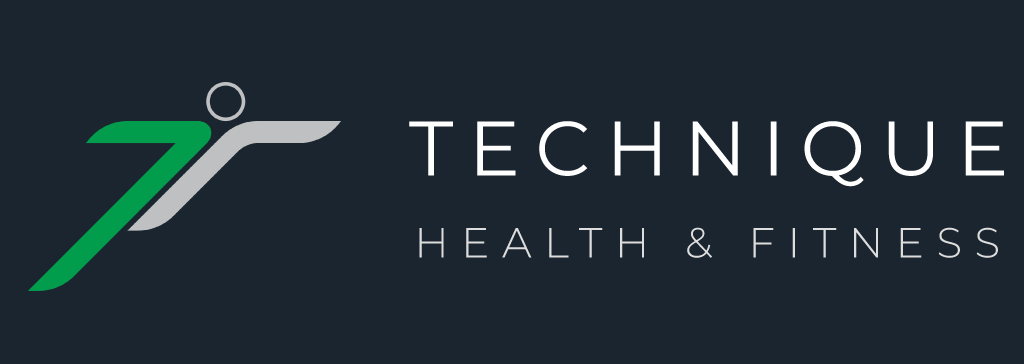Our essential stretches to try if you work from home
In our increasingly digital world, many of us find ourselves working from home, glued to our screens, and sitting for prolonged periods. This lifestyle can take a toll on our bodies, leading to muscle tension, poor posture, and discomfort. However, there is a solution to these issues that is simple, effective, and accessible to all – stretching. Today we will explore a range of stretches that can help you maintain your health, productivity, and overall well-being while working from home or simply staying fit and healthy. Remember, our expert team here at Technique in Central London are on-hand if you need sports massage, physiotherapy or general fitness and wellness advice.
Stretching is not just a feel-good activity; it's a vital component of a healthy lifestyle. Here's why it's crucial, especially when you're working from home:
Improved Posture: Stretching can counteract the negative effects of sitting hunched over a computer. It helps release tension in the muscles and joints, promoting better posture.
Reduced Muscle Tension: Stretching increases blood flow to your muscles, which helps relax and relieve tension. This can alleviate common discomforts like neck and back pain.
Enhanced Flexibility: Regular stretching can improve your flexibility, making it easier to perform daily activities and exercises with a greater range of motion.
Mental Wellbeing: Stretching also has mental benefits. It can help reduce stress, improve concentration, and boost your overall mood.
Here are some easy and essential stretches that you can incorporate into your daily routine.
Neck Stretches:
Neck Tilt: Gently tilt your head to one side, bringing your ear towards your shoulder. Hold for 15-20 seconds on each side.
Neck Rotation: Slowly turn your head to one side, trying to bring your chin towards your shoulder. Hold for 15-20 seconds on each side.
Shoulder and Upper Back Stretches:
Shoulder Rolls: Roll your shoulders forward and backward to alleviate tension.
Upper Back Stretch: Clasp your hands in front of you, round your upper back, and push your hands away while tucking your chin to your chest.
Chest Opener:
Stand or sit with an upright posture.
Clasp your hands behind your back and gently lift your arms while opening your chest. Hold for 15-20 seconds.
Spine and Lower Back Stretches:
Cat-Cow Stretch: On all fours, arch your back like a cat and then dip it like a cow in a smooth, controlled motion.
Child's Pose: Kneel on the floor, sit back on your heels, and stretch your arms forward. Hold for 20-30 seconds.
Hip Flexor Stretch:
Kneel on one knee, keeping the other foot in front of you at a 90-degree angle.
Gently press your hips forward until you feel a stretch in your hip flexors. Hold for 15-20 seconds on each side.
Hamstring Stretch:
Sit on the floor with your legs straight.
Reach for your toes while keeping your back straight. Hold for 20-30 seconds.
Calf Stretch:
Stand facing a wall with one foot in front of the other.
Lean forward, keeping your back leg straight and heel on the ground. Hold for 15-20 seconds on each leg
Incorporating these stretches into your daily routine can make a significant difference in your physical and mental well-being, whether you're working from home or simply aiming to stay fit and healthy. Stretching not only helps alleviate discomfort but also promotes better posture, flexibility, and a positive mindset. Remember that consistency is key, and it's important to listen to your body. If you have any underlying health issues or concerns, consult one of our physiotherapists or sports massage therapists at Technique. They can create a bespoke plan for you to set you on the right path to recovery.
If you would like to find out more about strength training and would like to book a consultation (no referral necessary), you can book in with one of our experts now.

